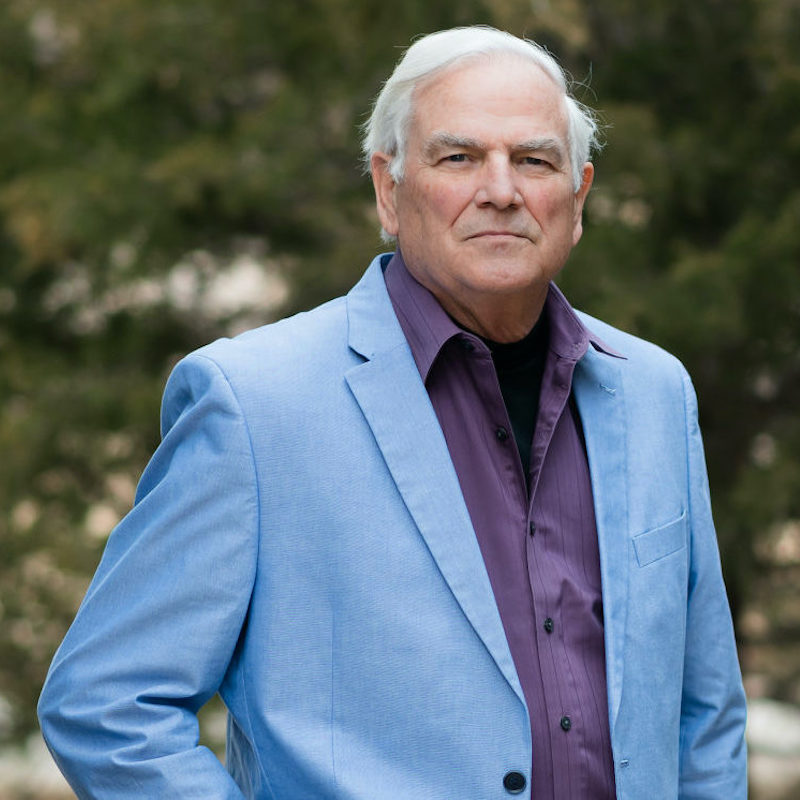Sinatra Is Classified 4F; Has Punctured Eardrum
Special Edition of the New York Times, December 10, 1943
NEWARK, N.J., Dec. 9 — Frank Sinatra will not lay that microphone down and take up a gun or a duffle bag. Completing a special engagement with Army physicians this morning at the Newark induction center, the crooner came out rejected and dejected. Another punctured eardrum case, he was classified 4F.
During World War II in the United States, young men lined up for enlistment in the military. Toward the end of the Great Depression, many young men needed a job while others just wanted to avenge Pearl Harbor.
Since WWI the US armed forces had been allowed to become a shadow of its former self. Down to a force of less than 200,000 troops in 1940, it was most certainly not, as we have come to say these days “fit for Prime Time”. Volunteer armies were not yet reasonable.
Anticipating the need to strengthen the US military, Congress set up the Selective Service System in 1940 to conscript young men into the military. These conscripts would then meet the growing military needs that would later combat the Nazis in Europe and Japanese in the Pacific.
This Selective Service Act required that men between the ages of 21 and 35 register with local draft boards. Later, when the U.S. entered World War II, all men aged 18 to 45 were made subject to military service, and all men aged 18 to 65 were required to register. Deemed the “draft,” those that were affected were bound to serve at least 6 months after the end of WWII. At the time, it was not a matter of if you would serve, it was simply a question of which branch of the military would be entered.
Frank Sinatra’s Hearing Loss Prevents WWII Military Service
One of those young men was “Ol’ Blue Eyes” himself, Francis Albert Sinatra. Sinatra’s mother was often called “Hatpin Dolly”, and was well known for her fiery volatile Ligurian personality. Anthony and Dolly Sinatra had both emigrated from mainland Italy to America in the 1890s and the family enjoyed a reasonable standard of living in their new home as Anthony found a secure job in the Fire Department while Dolly was a local Democratic political ward boss and worked as a midwife.
Dolly’s pregnancy with Frank was routine, but the birth was a tough, agonizing process incorporating forceps that virtually yanked the 13.5 pound baby out of his twenty-one-year-old mother’s diminutive body and prevented her from having other children. Born on December 12, 1915, in a Hoboken, New Jersey, apartment, young Sinatra was blue and not breathing when he was delivered.
Initially, he was thought to be dead and infant laid on the kitchen counter while the doctor attended to his mother. His grandmother picked up the newborn, stuck him under some cold water, and little Frank wailed out his first song. The forceps, however, had taken a toll on the infant that would haunt him for all of his life. The birth process left Sinatra with permanent damage to his left earlobe, cheek and neck as well as a perforation of his left eardrum. For a lifetime he hated being photographed from the left side and at one time in his childhood was even called “Scarface” by the other children. In the photo it is easy to see that there is a scar as well as no lobule on the left pinna.
A major disappointment was the hearing loss created by the punctured eardrum discovered in his Army physical during an attempt to enlist in the US Army Air Force in 1943. The grafting of eardrums by otolaryngologists did not really become a viable procedure until the mid-1950s so surgery for the perforated eardrum was not an option for young Sinatra to allow him to enter WWII. Sinatra recalled about being diagnosed as unfit for military service, “It was the war years, and there was a great loneliness, “I was not the boy in every corner drugstore who’d gone off, drafted to the war”. At the time not allowed to participate and felt like a rejected soul, but he was simply a product of his time. These days a punctured eardrum would not keep anyone from military service. A simple tympanoplasty, with 85% success w0uld be the treatment. Currently, the eardrum is repaired with a cigarette paper patch or a simple graft with hearing restored to essentially normal.
Numerous biographers indicate that if the tympanoplasty procedure would have been available in 1943, musical history could have been substantially changed. Sinatra, along with most of his Hoboken friends and most American males, would have gone off to war and he would not have been able to build his career during the war.
While he would have probably worked with Harry James and Tommy Dorsey in the late 30s and early 40s, the solo career and movies during the war would likely not have been in the cards for Frank. There seems to be no easily accessible record to indicate if he ever had a tympanoplasty to cure the issue with his left ear. If not, his brilliant career was likely conducted with about a 30-50 dB (probably more low frequency) hearing loss in his left ear. Not bad for a kid with hearing loss from Hoboken.
References:
Biography.com Editors (2016). Frank Sinatra. Biography. Retrieved April 12, 2016.
Schriebe’s Blog (2011). Frank Sinatra’s traumatic birth. Retrieved April 12, 2016.
Special to the New York Times (1943). Sinatra Is Classified 4F; Has Punctured Eardrum. http://query.nytimes.com Retrieved April 12, 2016.
About the author

Robert M. Traynor, Ed.D., is a hearing industry consultant, trainer, professor, conference speaker, practice manager and author. He has decades of experience teaching courses and training clinicians within the field of audiology with specific emphasis in hearing and tinnitus rehabilitation. He serves as Adjunct Faculty in Audiology at the University of Florida, University of Northern Colorado, University of Colorado and The University of Arkansas for Medical Sciences.
**this piece has been updated for clarity. It originally published on April 12, 2016







